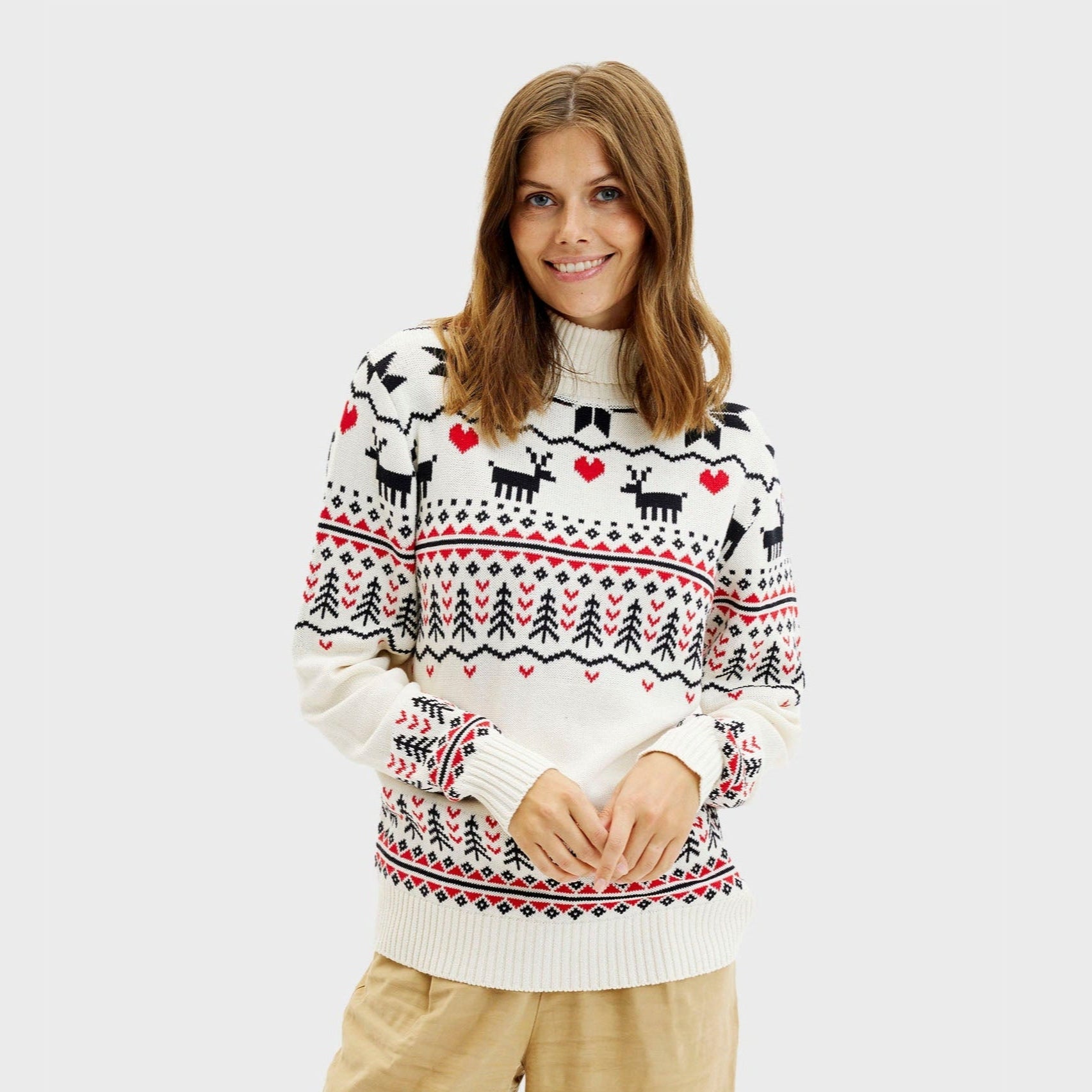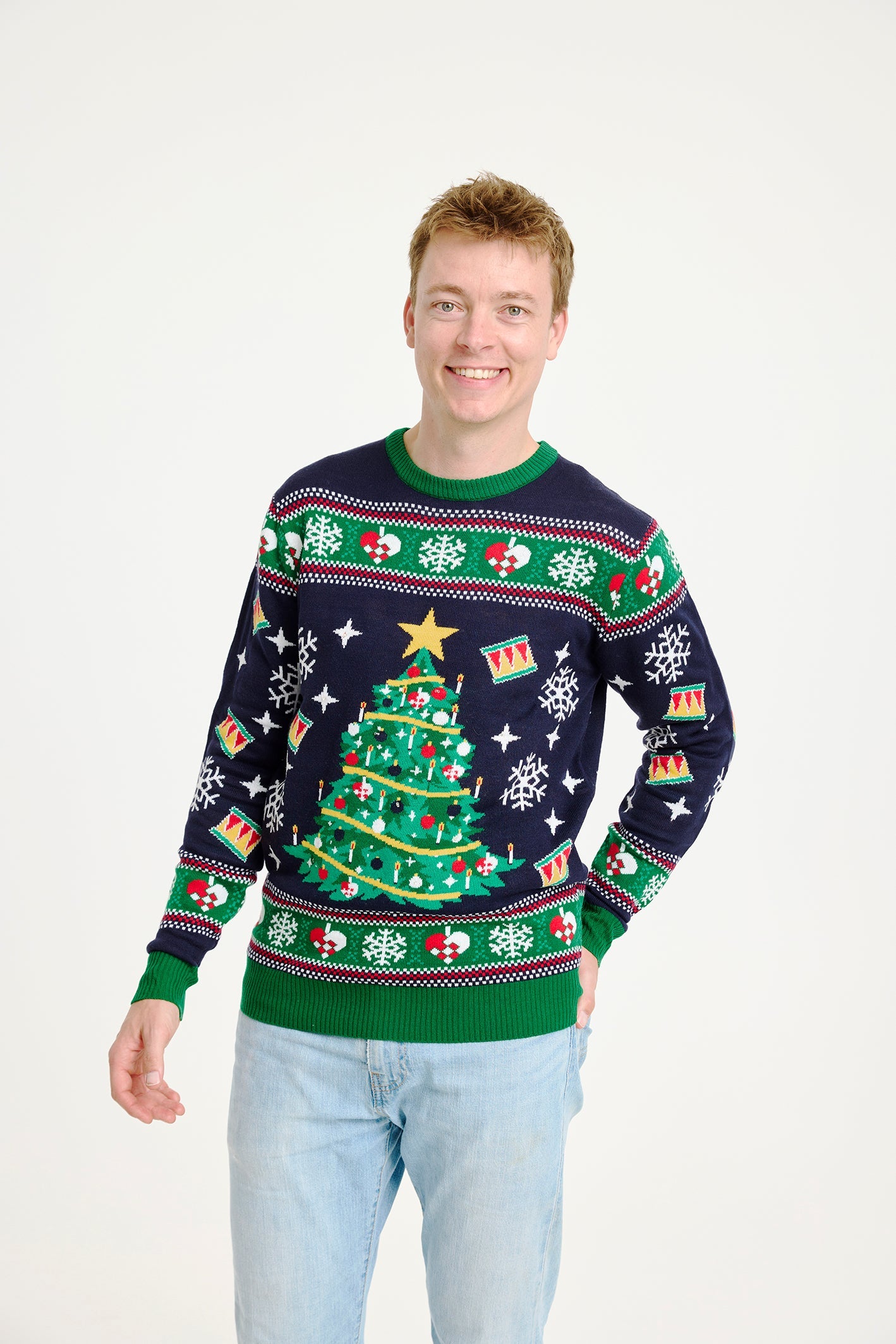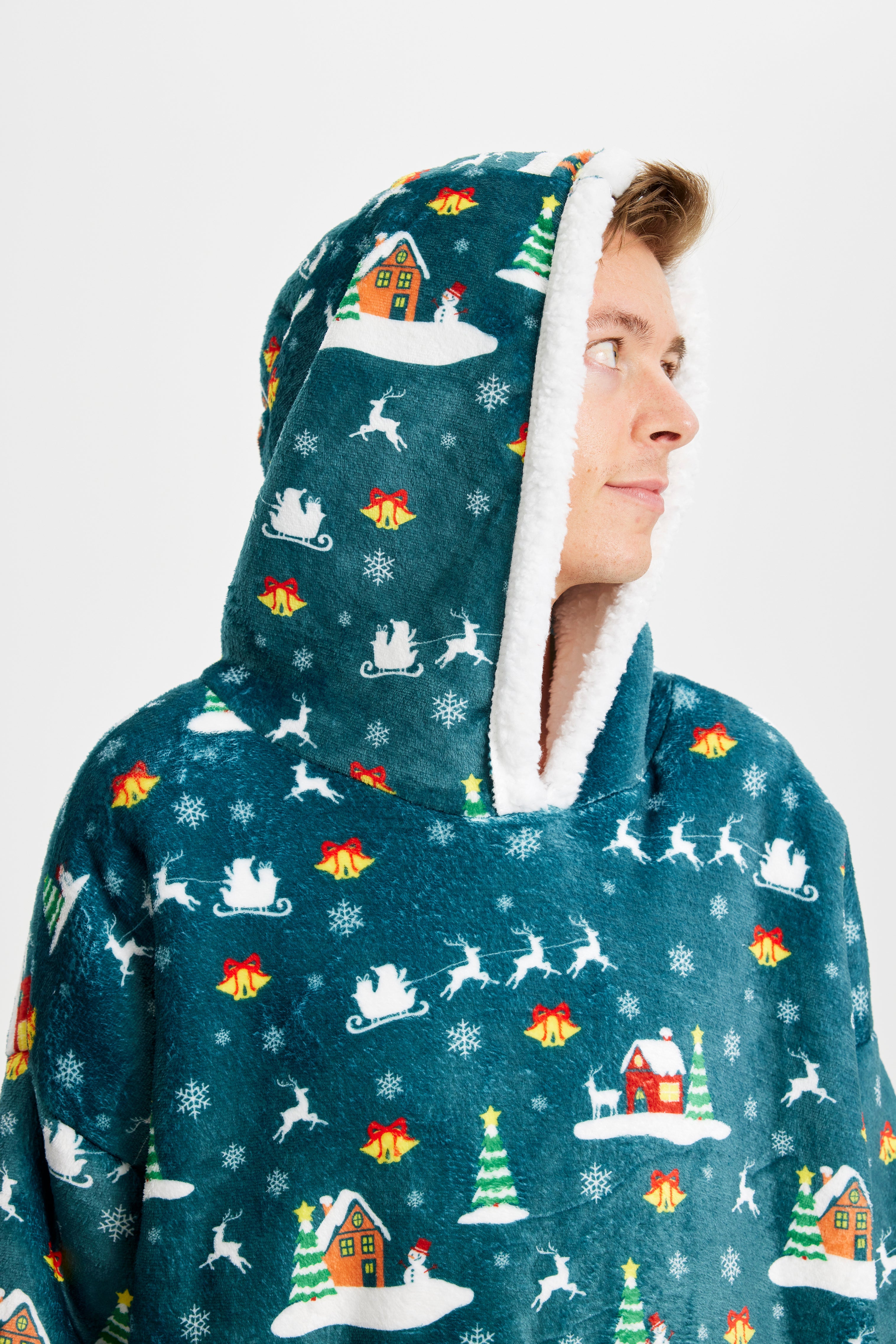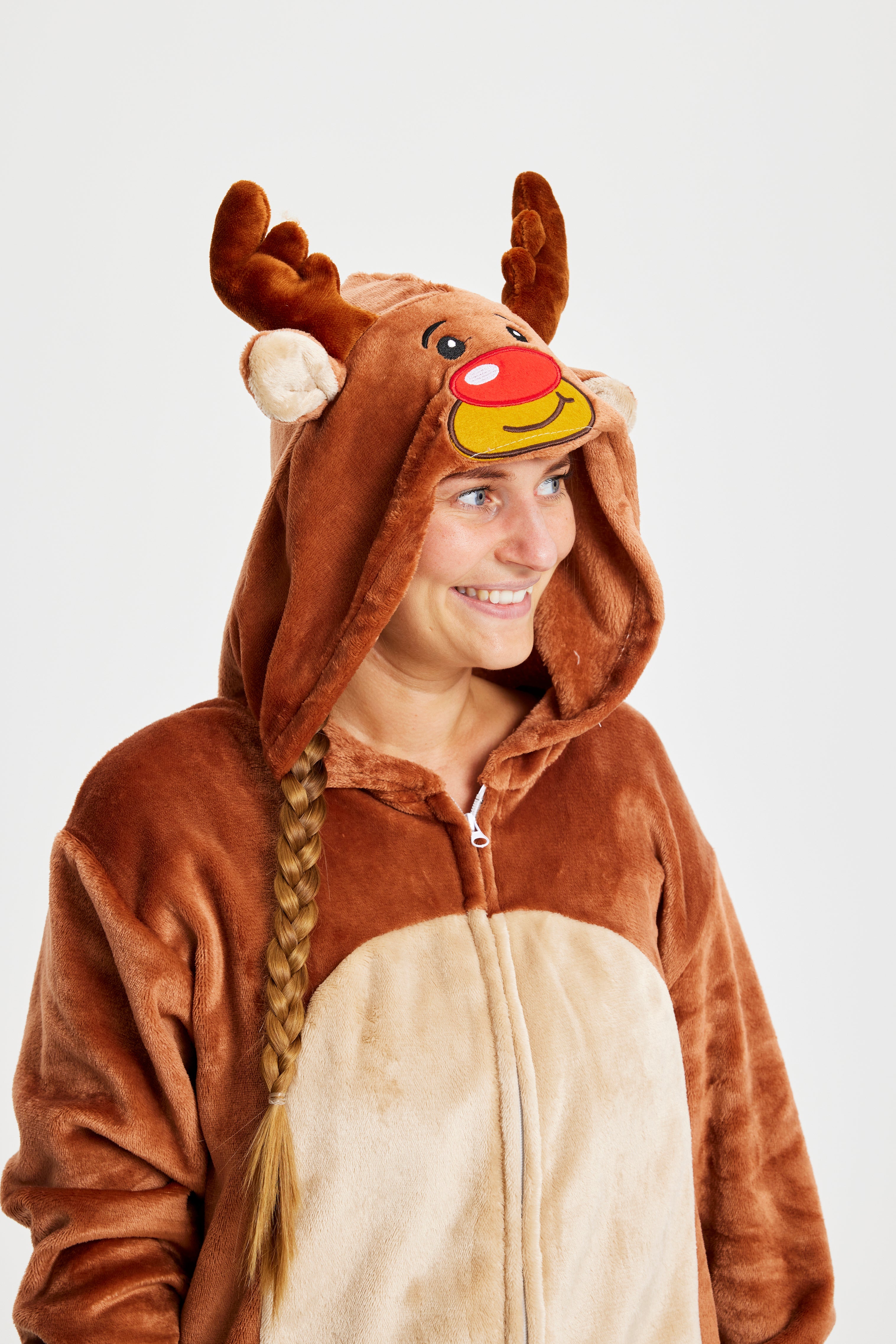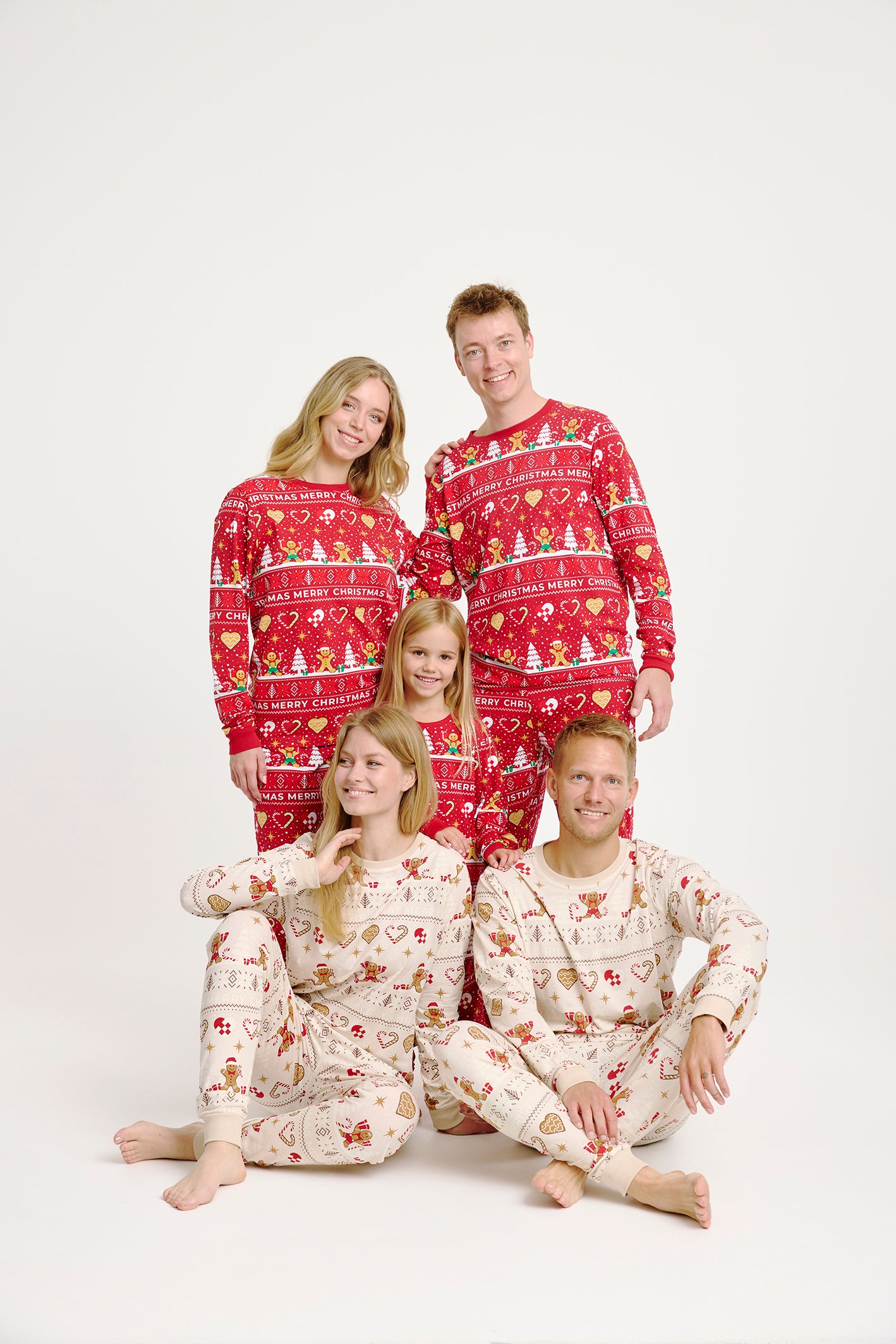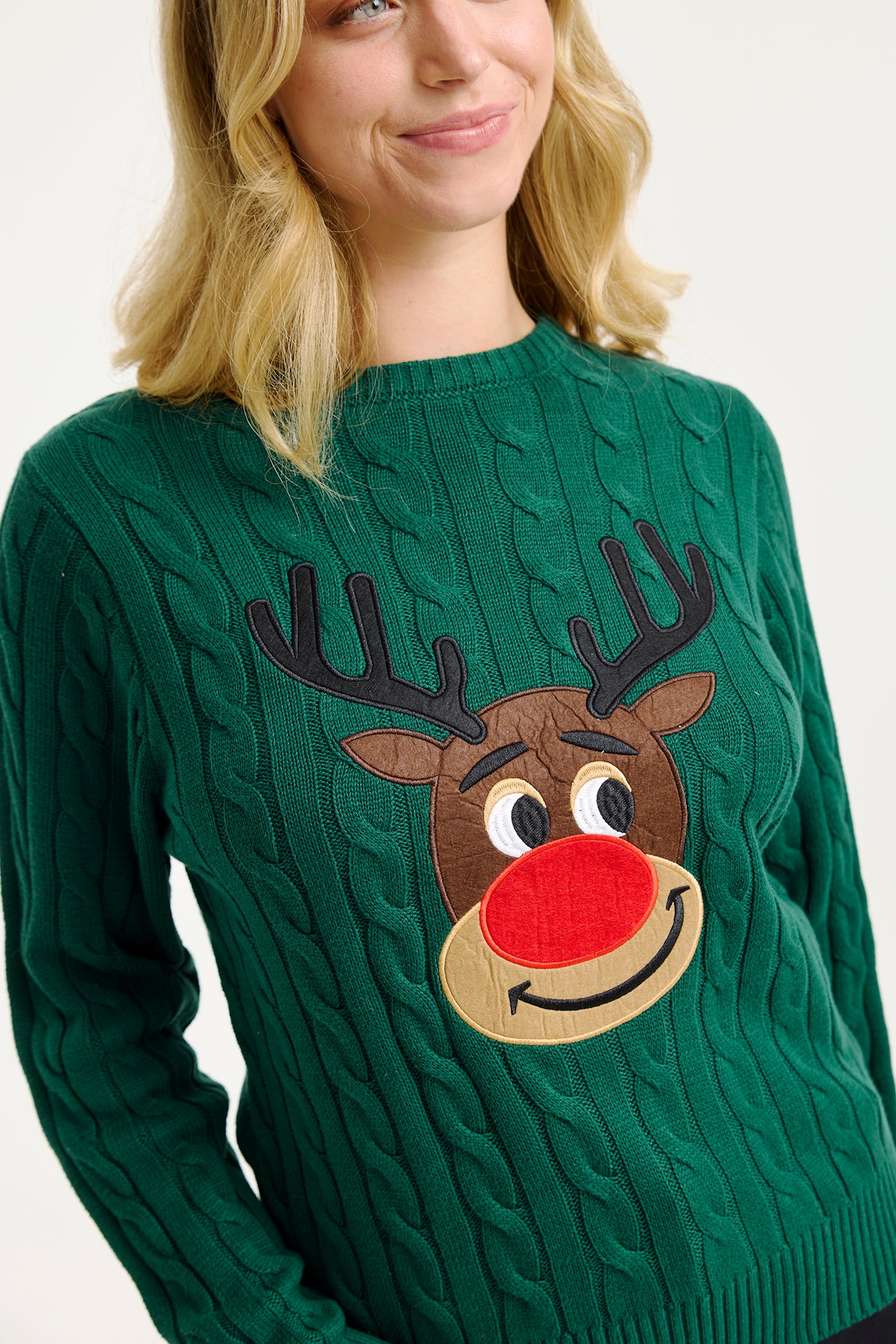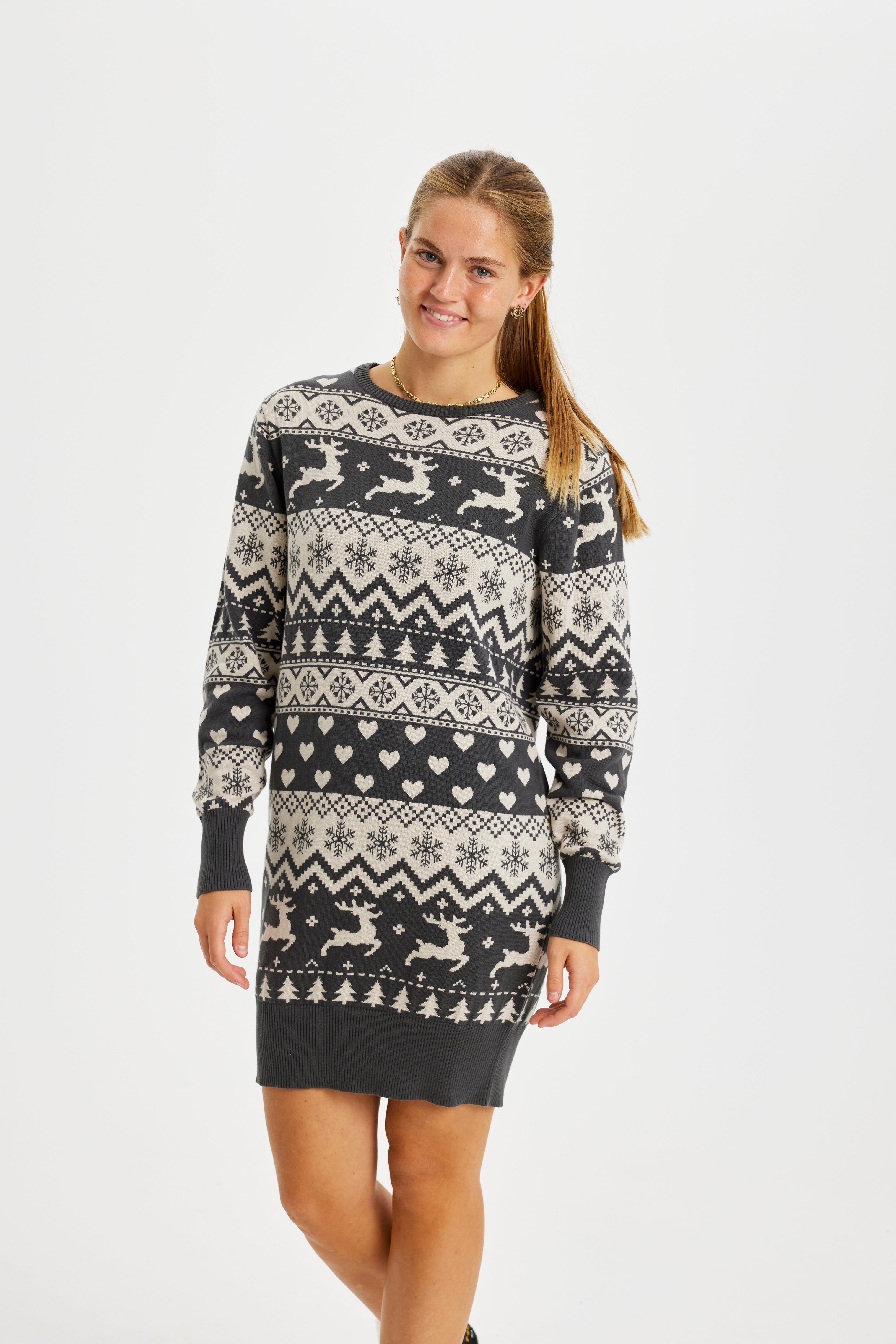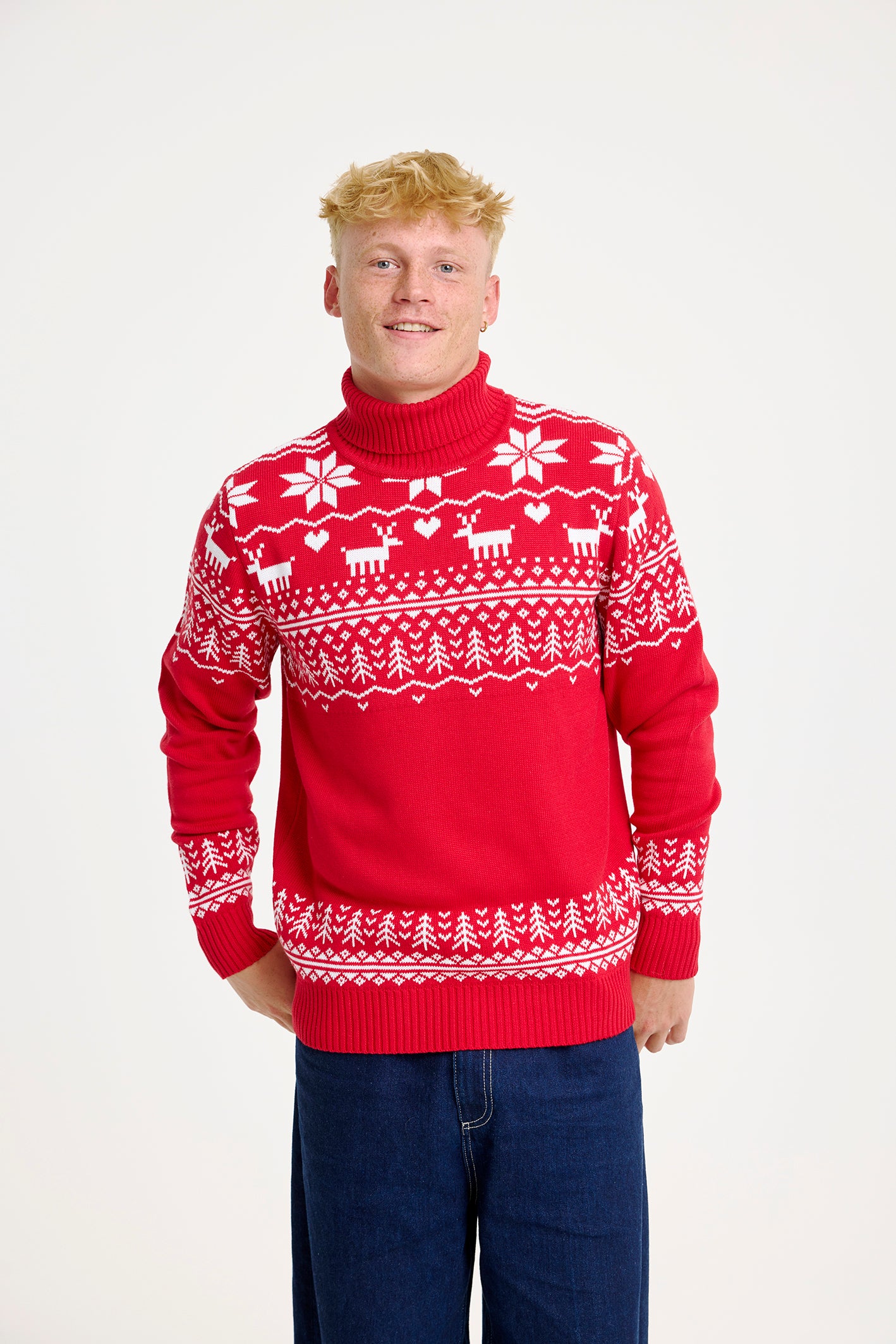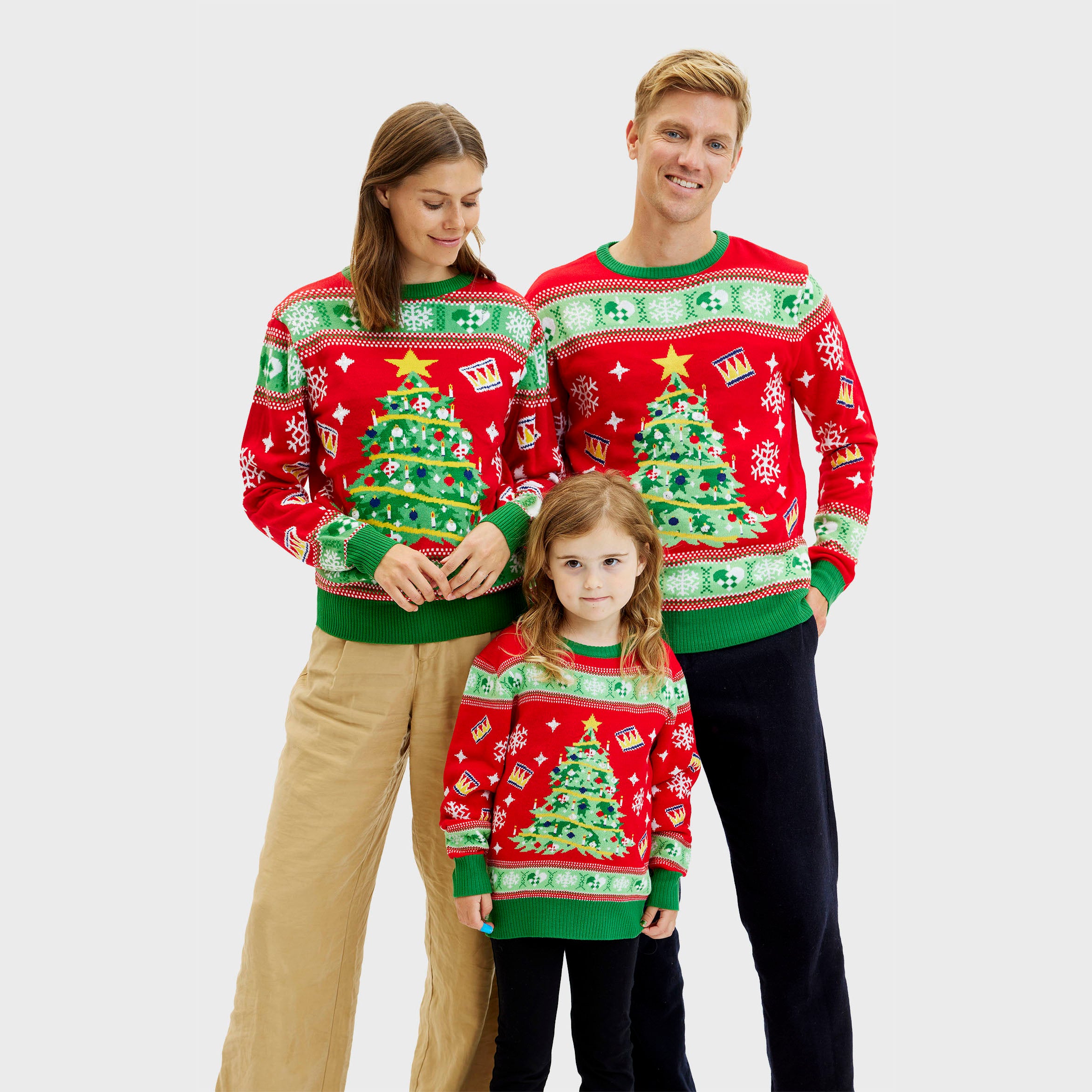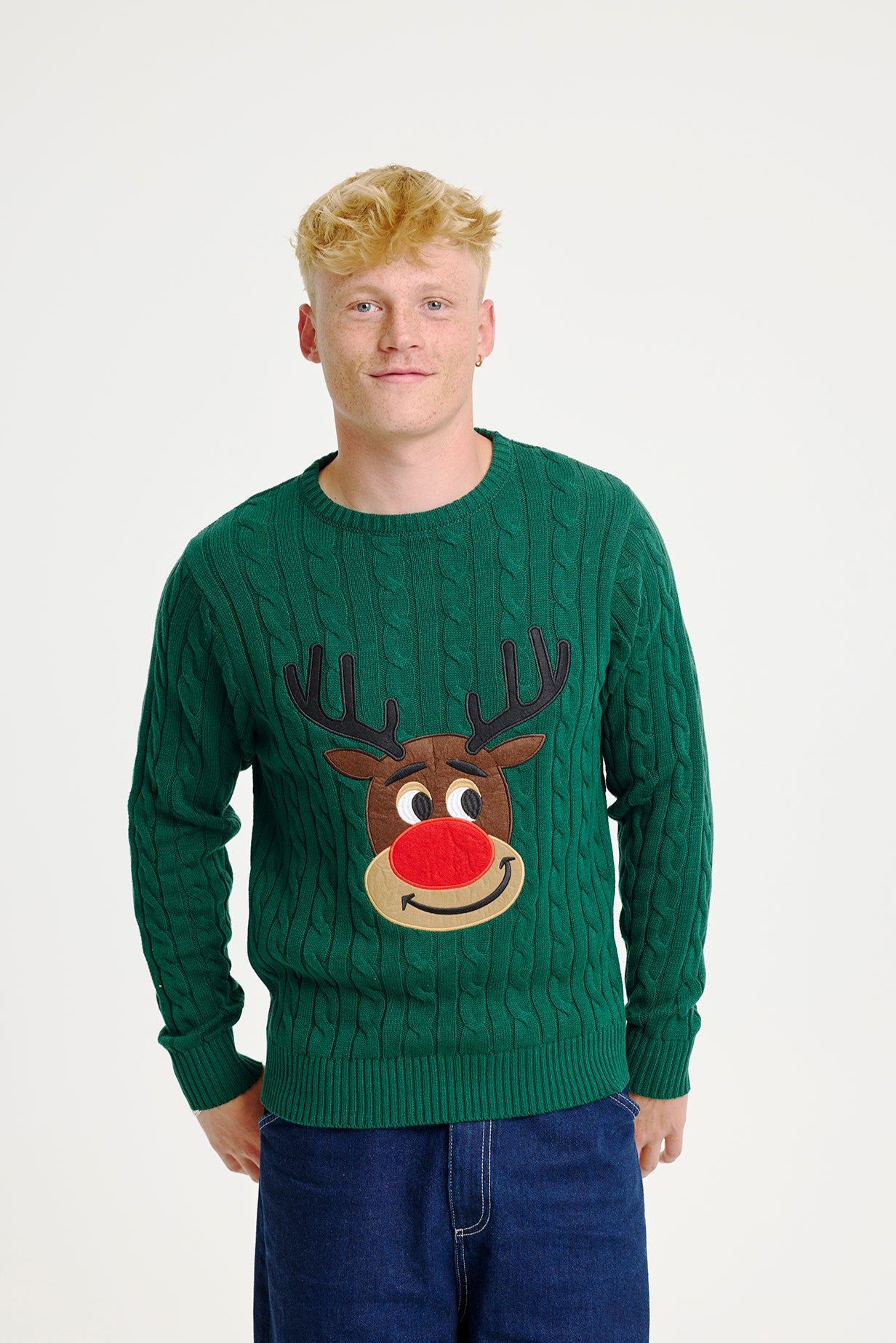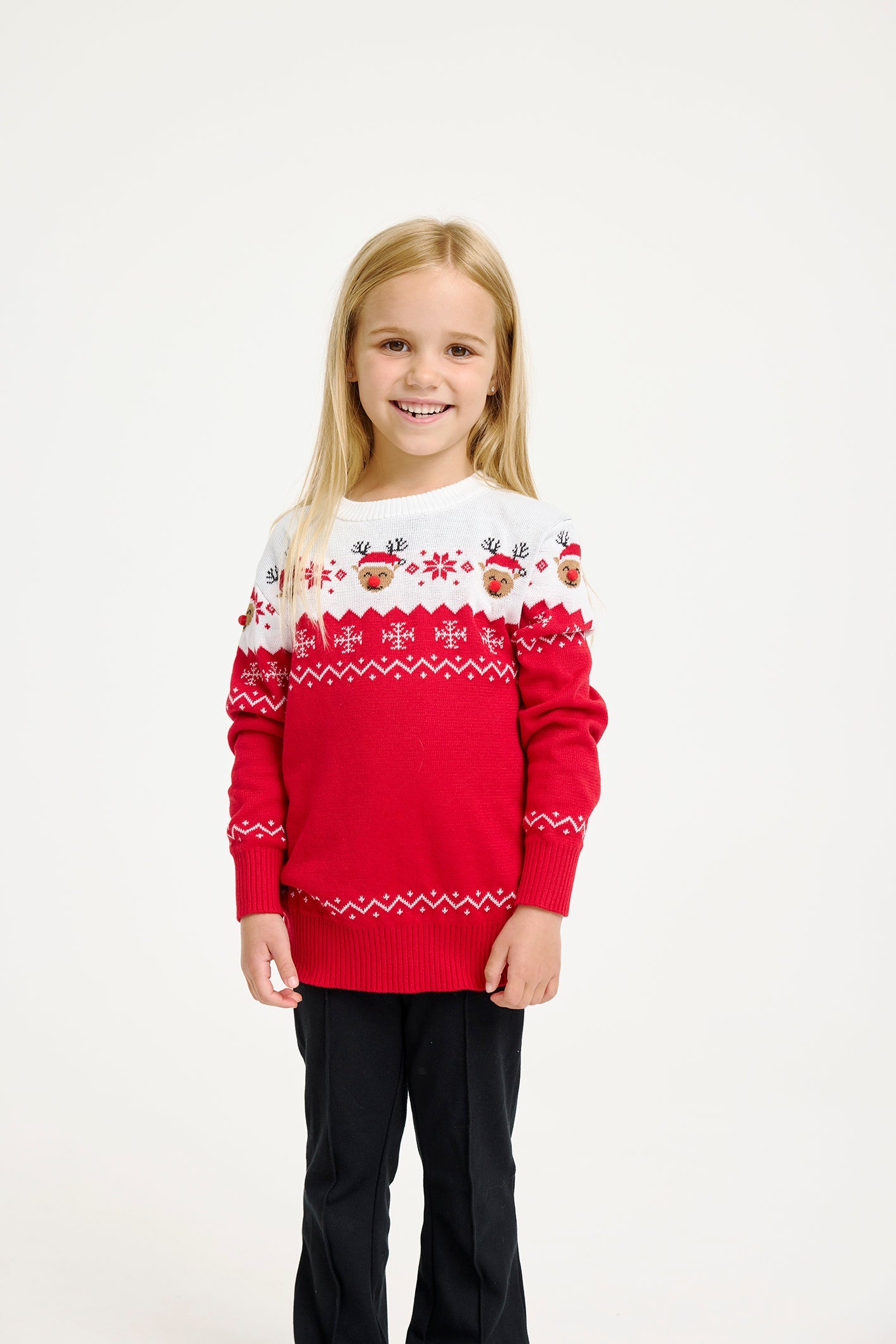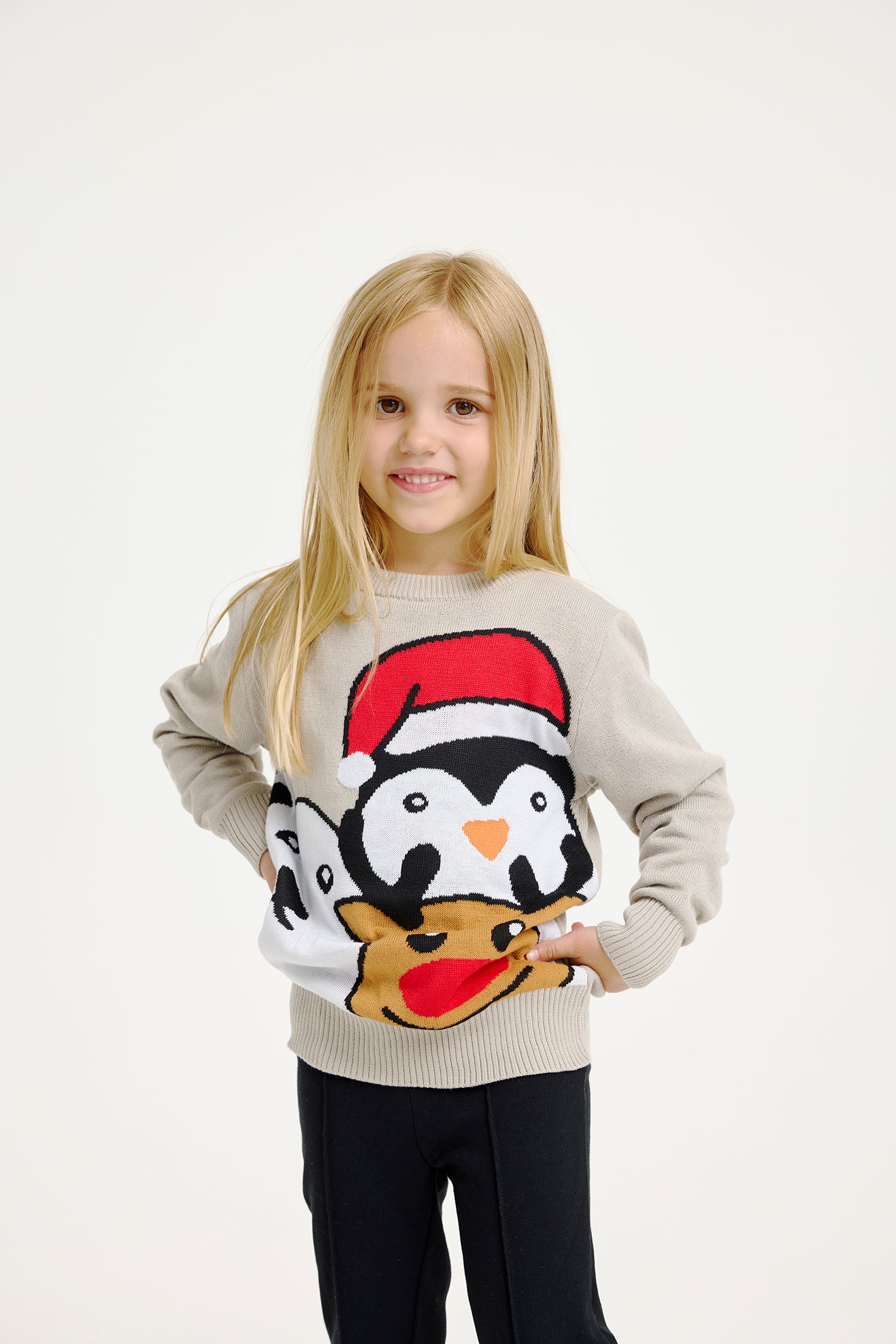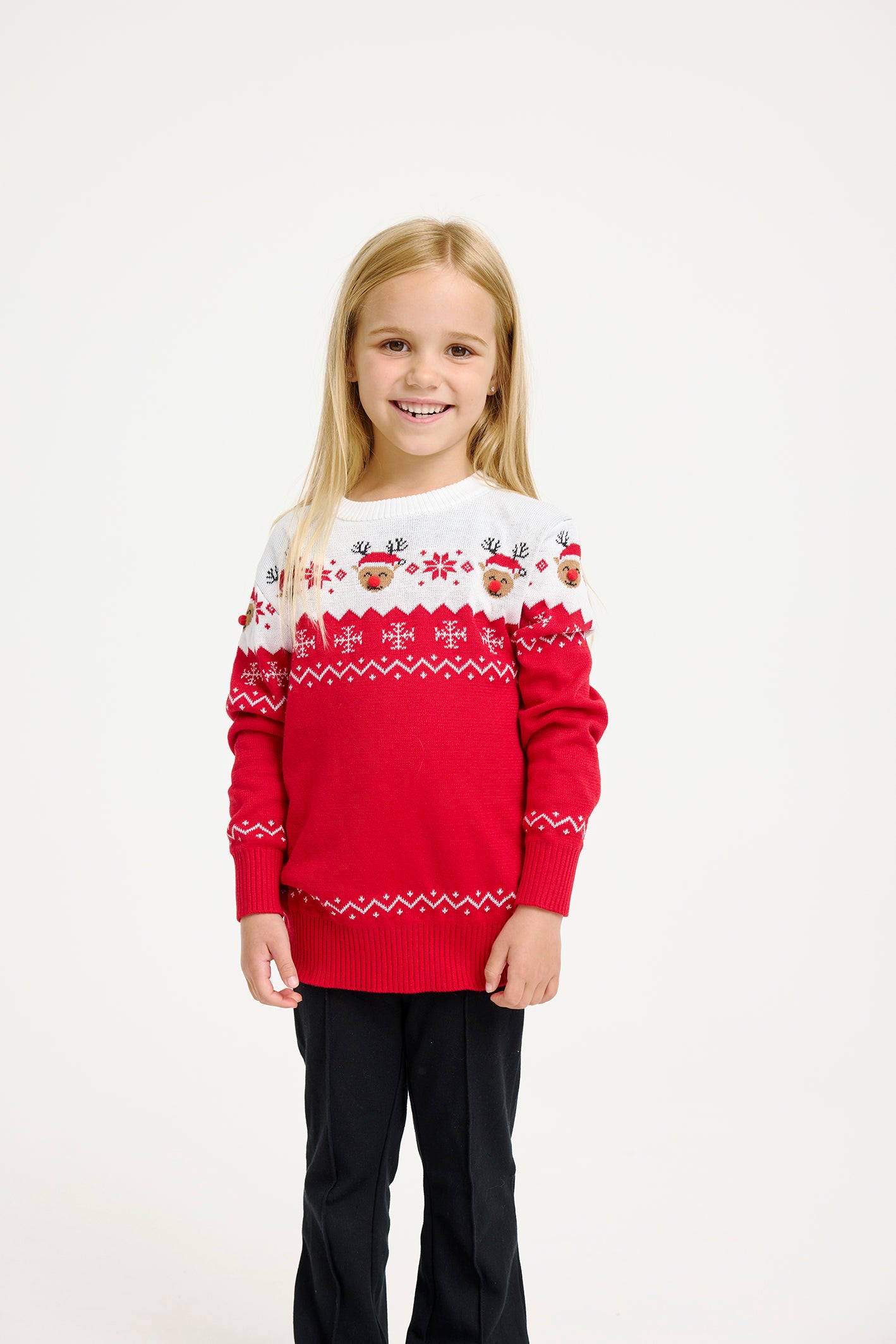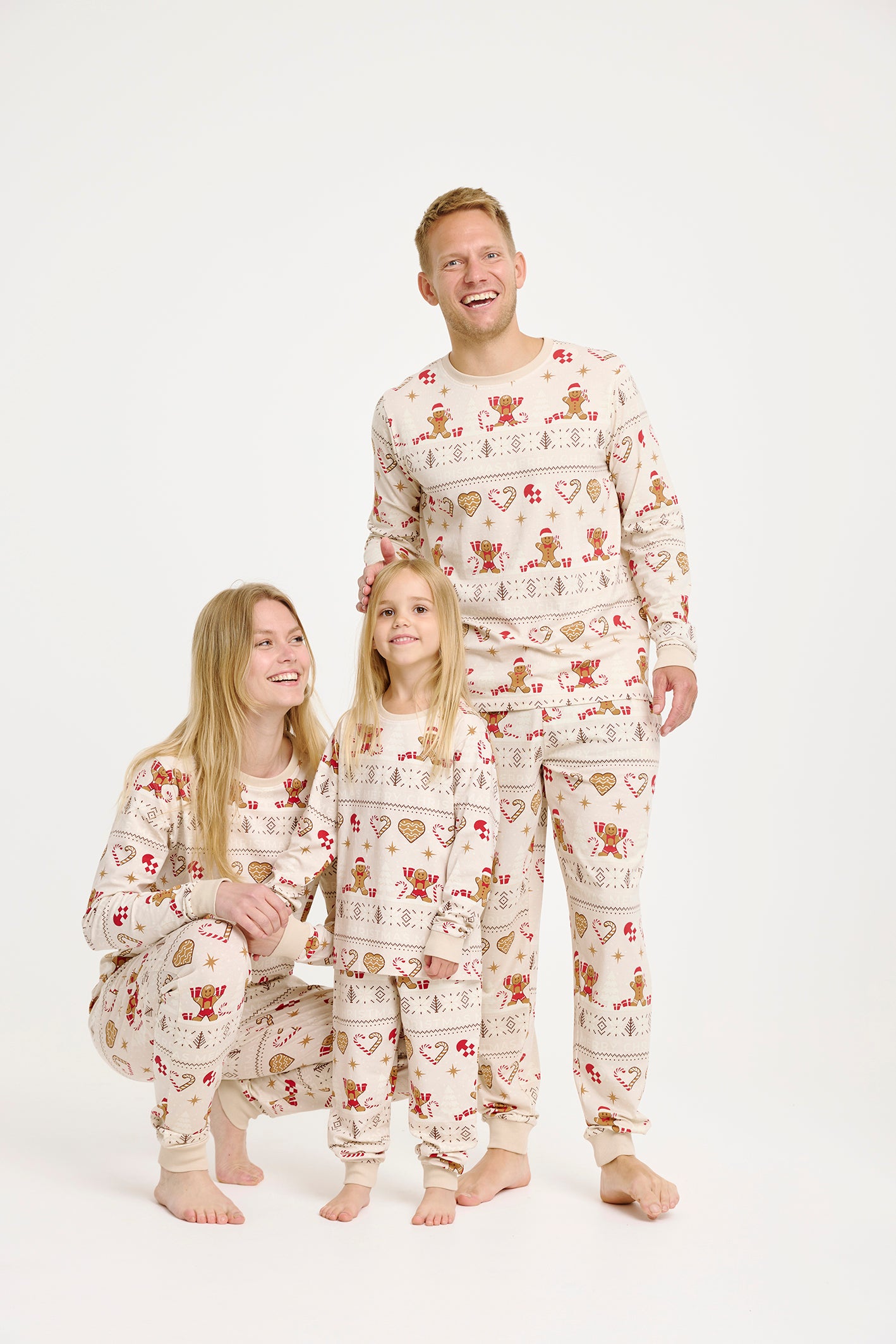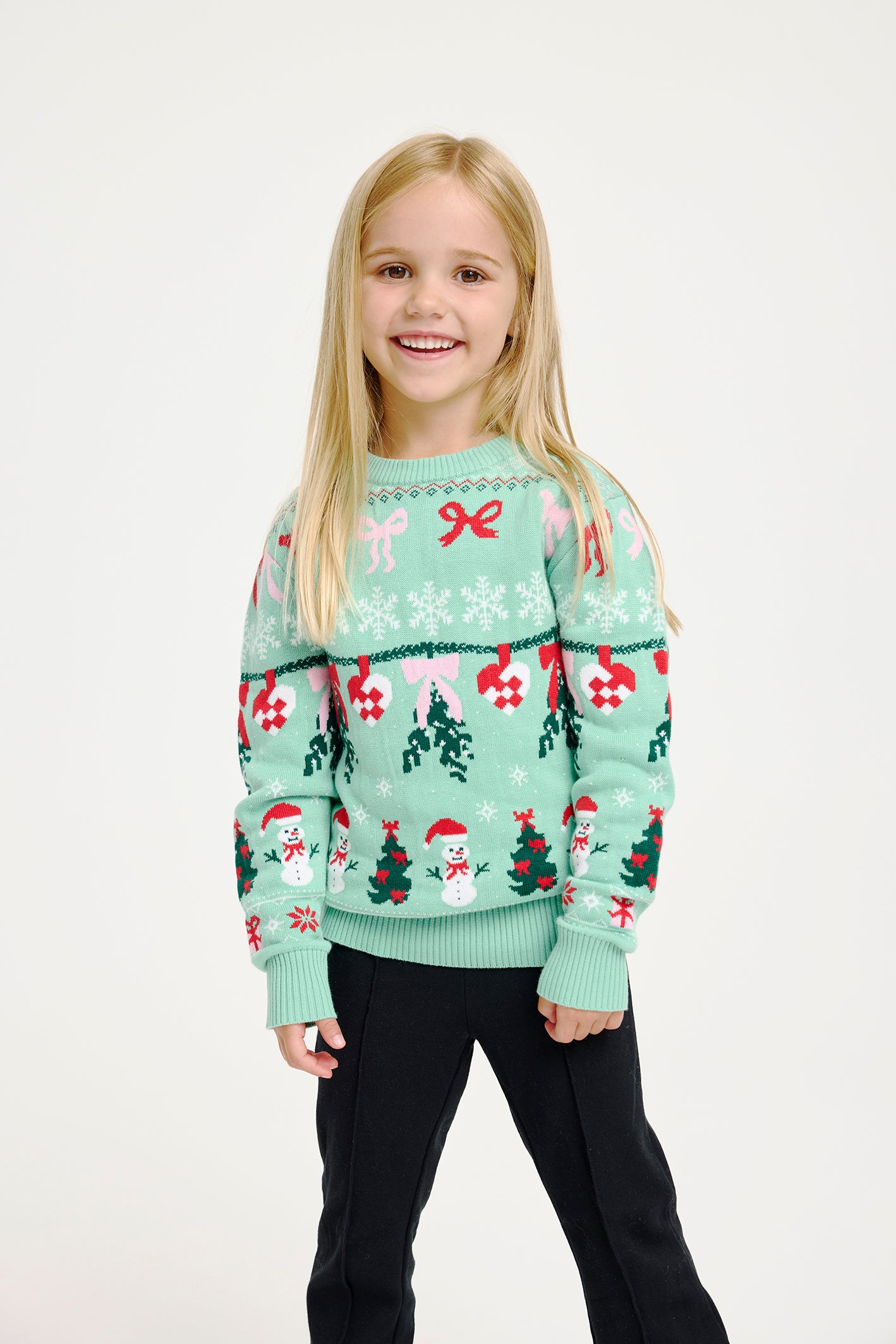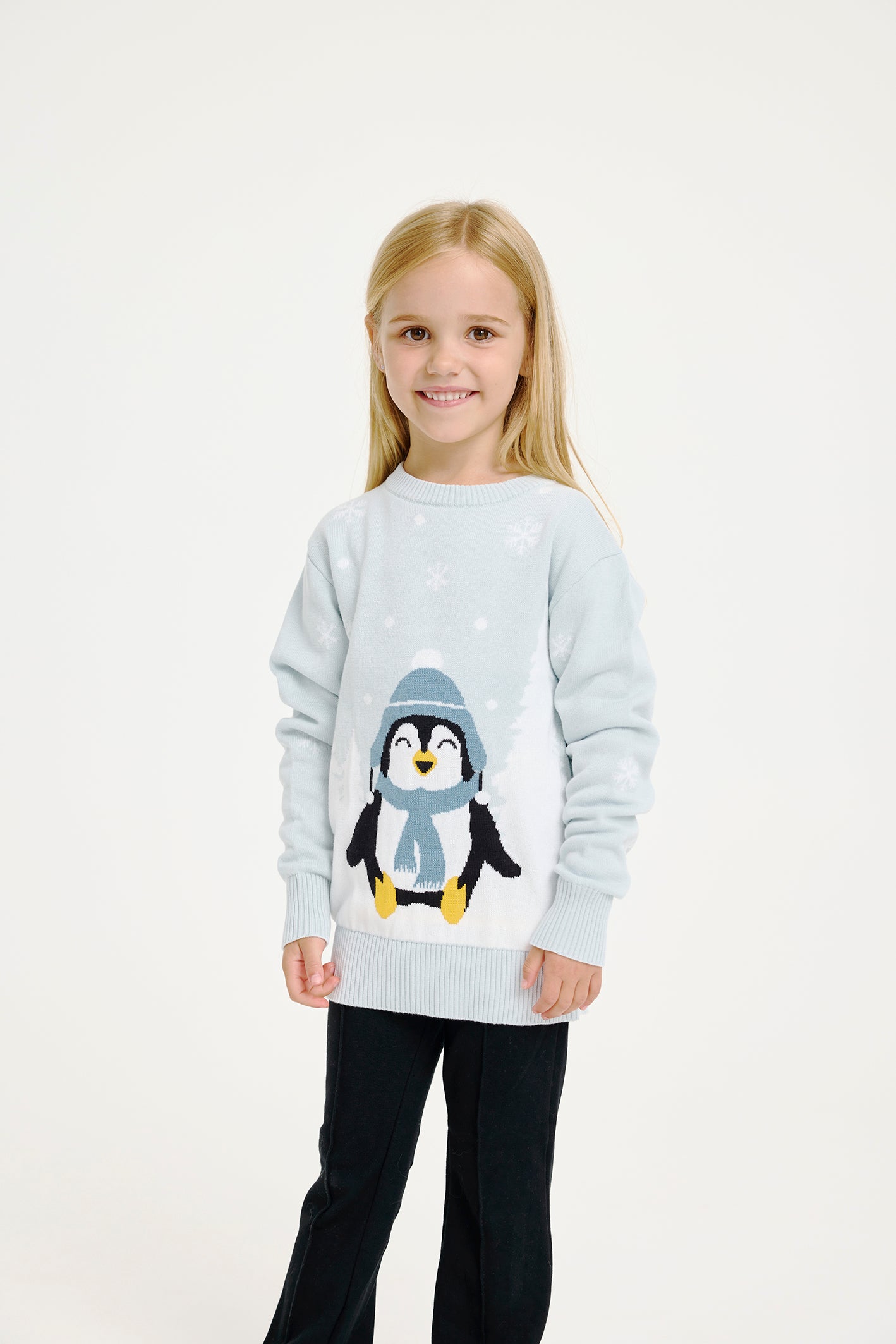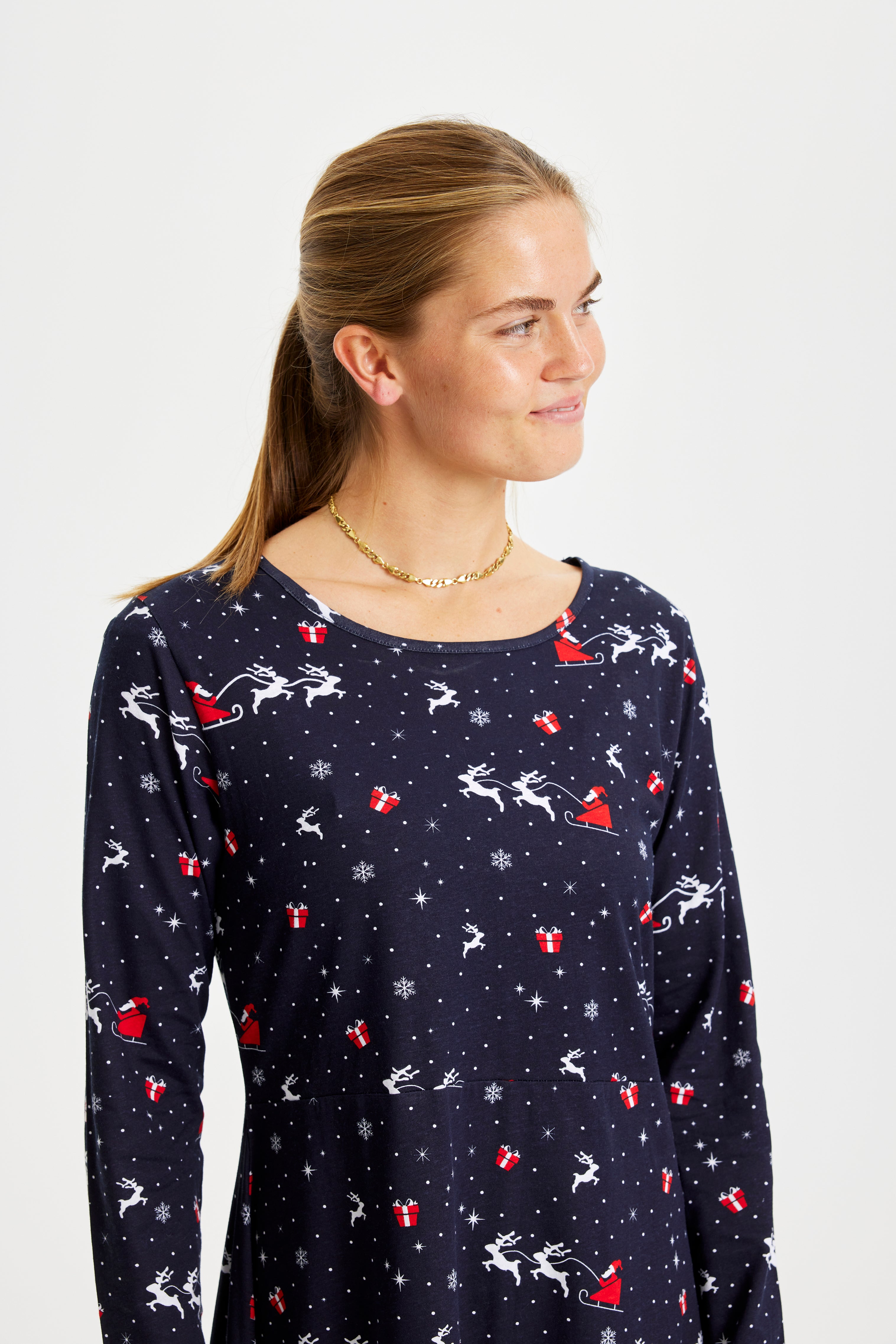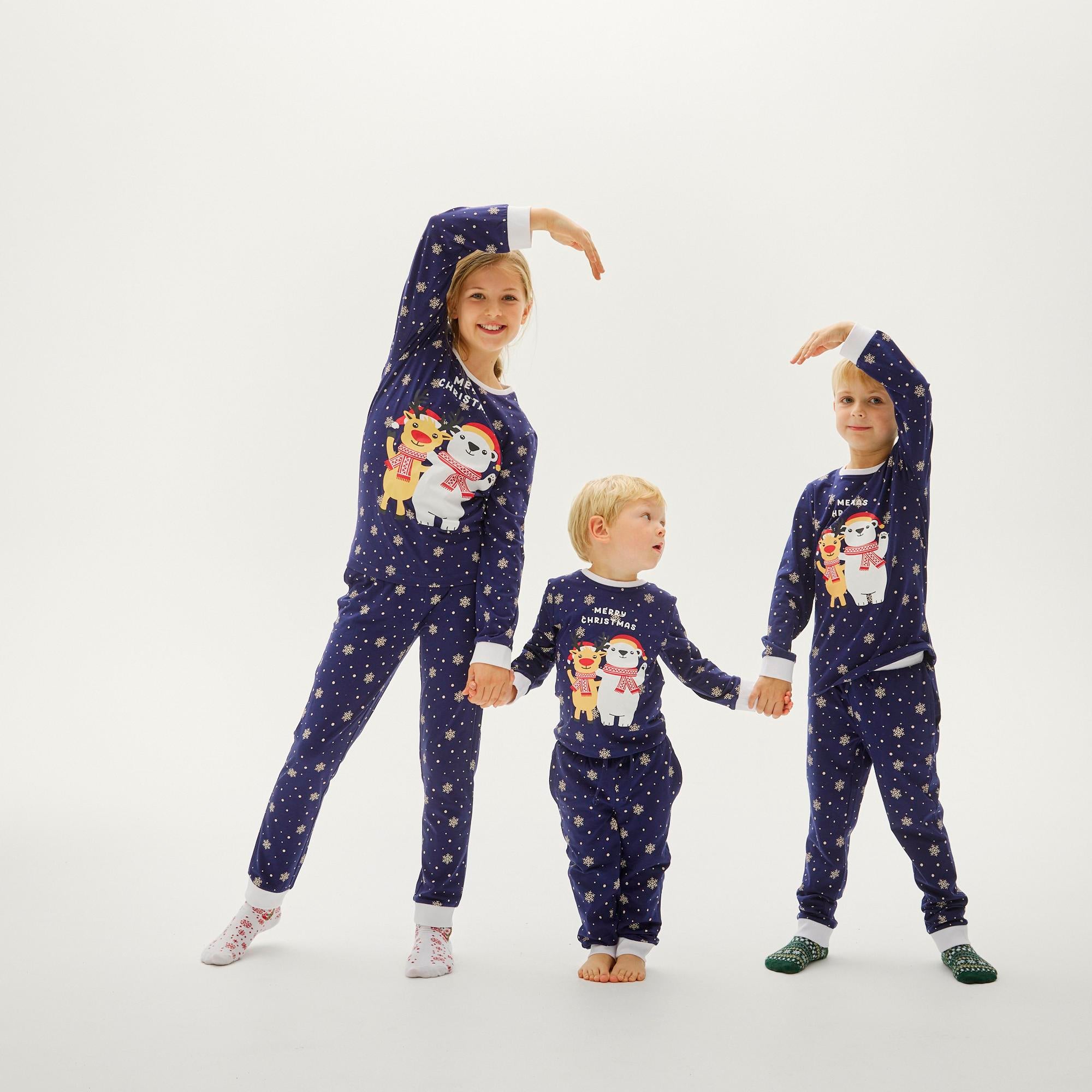25 November 2025
When is Christmas in Russia and why is it celebrated on January 7?

Quick answer: In Russia, Christmas is celebrated on 7 January because the Russian Orthodox Church marks the Nativity using the Julian calendar, which currently falls 13 days after 25 December on the civil Gregorian calendar. For many people the high point of the winter season is not a single date but a sequence of events that peak with the religious festival on 7 January.
Brief roadmap: Later sections will explain the calendar reason for the date, outline how the holiday is observed as a public day, note the major shifts that shaped modern practice, and describe common customs you might encounter in churches and homes.
Why January 7 matters
The short calendar explanation is simple: the church calculates fixed feasts on the Julian scale, so what the church calls 25 December corresponds to 7 January in civil time. That gap exists because the Gregorian reform treated leap years differently; under the current systems the difference is 13 days through 2099. Some Orthodox communities use other calendars and therefore celebrate on 25 December, so the date is not uniform across all Orthodox churches.
How do winter celebrations fit together?
In practice the season blends secular and religious rhythms. New Year’s Eve and New Year’s Day often serve as the main secular highlight, while many observant families attend vigil or morning liturgies on 6–7 January and keep fast and special meals in the lead-up. Because the period stretches over several key dates, informal dress and family rituals matter: you’ll see everything from coordinated casual looks to playful contests at office parties, where an ugly christmas sweater can be the icebreaker. Parents often plan matching outfits or practical pieces like kids christmas sweater designs for family photos, and others prefer relaxed options such as christmas pajamas for quiet mornings after services.
This introduction is meant to give you a clear, fast answer and a sense of what comes next: a closer look at calendar mechanics, official holiday status, how the Soviet period reshaped winter rituals, and the variety of modern customs that make the Russian winter season feel distinct.
When is christmas in russia?
Short answer: The religious celebration falls on 7 January in civil calendars because the Russian Orthodox Church keeps fixed liturgical dates on the Julian calendar, so the church’s 25 December corresponds to 7 January on the Gregorian calendar used in everyday life. That 13-day gap stems from the Gregorian reform and the different handling of leap years; the gap remains 13 days through 2099 and will increase to 14 days in 2100 under current rules.
Calendar explanation and what changes over time?
The key point is how liturgical dates are calculated. Churches that follow the traditional Julian scale mark the Nativity on the day the church calls 25 December, which aligns with 7 January in civil time for the twentieth and twenty-first centuries. Other Orthodox communities use a Revised Julian or a Gregorian-aligned calendar and therefore observe Christmas on 25 December; this is why fixed-feast dates are not identical across all Orthodox jurisdictions.
Official status and common winter dates
Orthodox Christmas on 7 January is a statutory non-working holiday in the Russian Federation, and it sits within a winter season that includes prominent secular festivities around 31 December and 1 January. New Year’s celebrations are often the main secular highlight for families and workplaces, while 6–7 January is reserved for religious services and related observances. Note: Official holiday lists and government calendars consistently show 7 January as the public religious holiday.
Religious observance and folk customs
Many believers attend a Vigil or a Divine Liturgy on the night of 6–7 January or on the morning of 7 January. In observant households the Nativity Fast precedes the day and the final evening before the feast often features a special supper with traditional dishes such as kutya, a ceremonial grain dish associated with the occasion. Folk practices like caroling, house blessings and regionally varied songs and pastries remain part of the season, and some customs trace back to older winter rites adapted into contemporary practice.
Secular winter customs and practical clothing ideas
Secular figures such as Ded Moroz (Father Frost) and the New Year tree play a central role in family celebrations, gift giving and public events. Many people treat New Year as the principal gift-giving moment and then attend church services or family gatherings on 7 January. For gatherings and relaxed mornings, families often choose themed outfits; for example, matching festive pyjamas are popular for casual photos and cozy mornings, and there are plenty of options for coordinated pieces. See our selection of womens christmas sweater and mens christmas sweater if you want outfit ideas for both adults, or browse christmas pajamas for matching family looks.
Practical calendar overview
Rather than a table, here is a compact list to keep dates clear:
- 25 December (Gregorian) — Christmas for communities that follow the Gregorian or Revised Julian calendar.
- 31 December–1 January — New Year’s Eve and New Year; main secular celebrations with Ded Moroz and family gatherings.
- 6 January (evening) — Christmas Eve in the Julian liturgical cycle; traditional supper and the end of the Nativity Fast for observant households.
- 7 January — Orthodox Christmas (Julian 25 December) and a public holiday in civil calendars.
Quick answers to common questions?
Why is the date different? The church’s liturgical calendar follows the Julian system, so the calendar labels do not align with civil Gregorian dates. Is 7 January a public holiday? Yes, it is recognized as a non-working statutory holiday. Do all Orthodox Christians celebrate on 7 January? No; some jurisdictions use calendars aligned to 25 December, so observance varies by church.
Regional variations and denominational differences
Across the vast stretches of Russia, observance of the Nativity takes many shapes. In some deeply traditional communities, church bells and the scent of incense fill the air as families gather for liturgy on the night of 6–7 January. In other places, especially larger cities, the day is quieter and more reflective, marked by simple family meals and the gentle warmth from a favourite knit. Some Orthodox churches outside Russia follow a Revised Julian or Gregorian calendar and therefore celebrate on 25 December. At the same time, Catholics and Protestants in Russia commonly observe the western date, creating pockets of December celebration alongside the January observance.
The result is a layered season where calendars and confessions overlap, and where public festivities blend with private devotion. Regional songs, local pastries and house blessings preserve older customs, while urban celebrations often mix choirs and markets with modern concerts and light displays. Whether you hear choirs singing a cappella in a frosted square or the lively stamping of carollers on a village lane, the sensory threads of sound, scent and warmth tie these variations together.
Modern trends and social context
Since the 1990s there has been a visible revival of religious observance alongside continued enthusiasm for New Year’s festivities. The winter season now feels like an unhurried string of moments: festive markets that glow with fairy lights, the smell of fresh baking drifting from kitchens, and the click of hot tea being poured into thick cups as people reminisce. Media coverage of liturgies and church events brings a shared rhythm to the holiday, while social media captures small domestic scenes—someone settling into a cosy armchair in a bright patterned christmas sweater, or a household opening 24 little gifts leading up to the feast day.
Practical life adapts to the double celebration. Many workplaces and schools recognise 7 January as a public holiday, which gives space for both festive gatherings and quieter, reflective observance. At home, people pick clothing that suits the moment: a cheerful top for the evening’s get-together, or comfortable christmas pajamas for slow mornings after a late service. If you want ideas for a relaxed, seasonal look, try a classic christmas sweater for daytime events and matching christmas pajamas for cosy mornings when the house smells of warm spice and citrus.
Cultural life also shows playful twists. Office parties and neighbourhood gatherings often include lighthearted competitions, and an ugly christmas sweater can still spark a laugh and loosen the mood. Meanwhile, a growing interest in sustainable choices means more people seek organic or recycled options when they choose festive apparel and home linens, adding another layer to how the season is experienced.
How the season feels
The real charm of the Russian winter season lies in small rituals and shared moments. Think of a city tram passing a twinkling storefront, the soft crunch of snow under boots, and the quiet comfort of a hot drink in mittened hands. These details create a sense of continuity: modern celebrations may include lights and markets, but the smell of evergreen and the warmth of a well-worn jumper keep the feeling intimate and familiar.
Frequently asked questions
Why is Christmas in Russia on 7 January rather than 25 December?
Because some Orthodox churches calculate fixed feast days using the Julian calendar, and the church’s 25 December aligns with 7 January on the civil Gregorian calendar used in everyday life.
Is 7 January a public holiday in Russia?
Yes. Orthodox Christmas on 7 January is recognised as a statutory non‑working holiday, and many institutions schedule time off to allow for church attendance and family gatherings.
Do all Orthodox Christians celebrate on 7 January?
No. Some Orthodox jurisdictions use a Revised Julian or Gregorian-aligned calendar and observe Christmas on 25 December, so dates vary by church and region.
How did the Soviet era affect Christmas celebrations?
Public promotion of religion was limited during the Soviet period, and New Year traditions gained prominence. After 1991, religious observance and church festivals became more visible again, reshaping how winter holidays are celebrated.
Can people celebrate both 25 December and 7 January?
Yes. Some families with mixed traditions or ecumenical ties mark both dates. For many, the main secular celebrations center on New Year, while the principal religious feast remains 7 January.
Also view
25 November 2025
The longest night can become an occasion for warmth, light and slow rituals as you settle in wearing a Christmas sweater. Observe the ...

